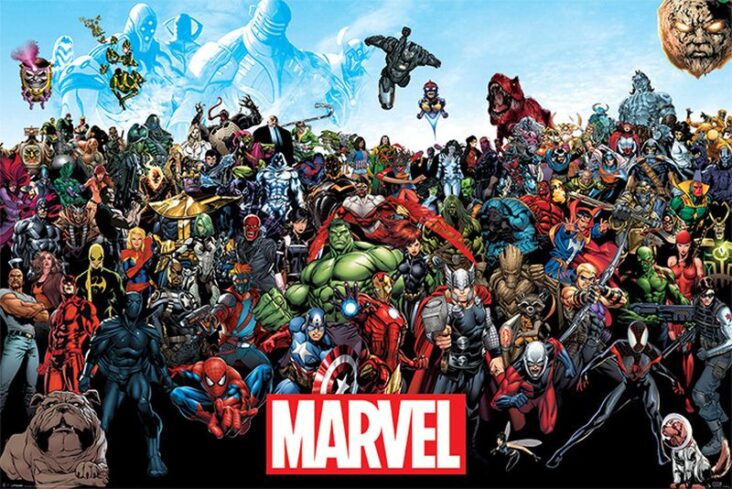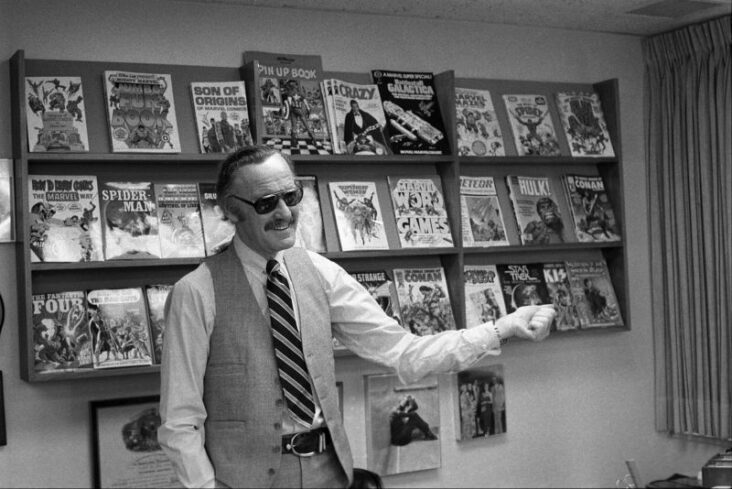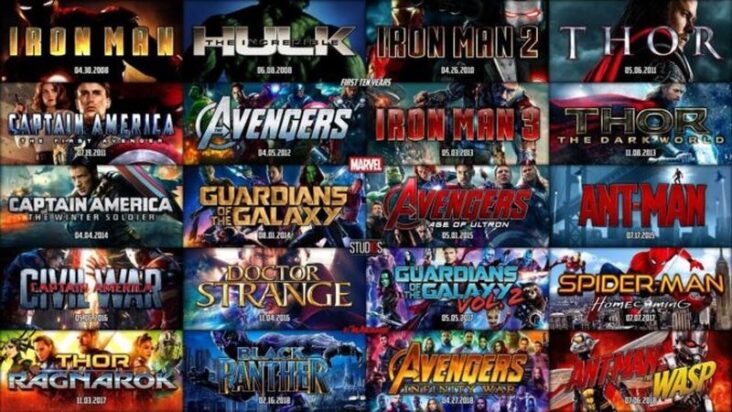Larger than life characters have been on the big screen time and time again. Superheroes have been existent since the dawn of comic books, and one film franchise has dominated that game for almost two decades – Marvel Studios.
The Origin Story

In 1939, pulp Magazine publisher Martin Goodman founded Timely Comics – the precursor to Marvel Comics. Timely comics’ first ever comic book was titled Marvel Comics no. 1 which was released in October 1939, which featured the likes of Human Torch and The Sub-Mariner. Eventually, timely comics had success with these stories, especially when Captain America was introduced in the 1940s after World War II. This era was called the ”Golden Age” of comics. After a decade of successful publication Timely canceled the last of its books due to the public losing interest in superheroes. Goodman then started his own distribution company and renamed Timely Comics to Atlas Magazines that also featured other publications such as horror, westerns, funny comics, and science fiction. During this time Goodman also experimented with bringing back Captain America to try to reinvigorate the lost interest in superheroes.
Several years have passed, and different publications have followed suit to introduce their own line of superheroes such as DC comics. By this time, Atlas changed its name to Marvel comics and the competition between the two rival companies was tighter than ever. When the 1960s and early 1970s came, a brilliant generation of artists and writers emerged such as Stan Lee, Chris Claremont and Steve Ditko. They created the characters that are widely known today such as Spider-Man, the X-Men, and much more.
By 1996, the comic book industry took a massive hit and Marvel Comics went into bankruptcy. During this time there were film studios that were interested in bringing these characters to life, and Marvel sold some of their famous properties to these said film studios. Blade went to New Line Cinema, the X-Men, the Fantastic Four, and Daredevil were sold to 20th Century Fox, The Incredible Hulk, Namor the Sub-Mariner, and Man-Thing, were sold to Universal Studios, and famously Spider-Man (and Ghost Rider) was acquired by Columbia Pictures / Sony Pictures.
The History of Marvel Studios

Many characters from the comics have appeared in live action even before the dawn of the Marvel Cinematic Universe. A direct to TV Spider-Man movie in 1977 and a CBS aired Doctor Strange in 1981 were seen on TV even before Marvel Studios was created. It was not a commercial success but Marvel Productions was still born in 1981. A few years later in 1986, New World Pictures acquired Marvel Comics Group and Marvel Productions to form a brand new entity called Marvel Entertainment Group.
Marvel was passed around several times, with MacAndrews & Forbes Holding acquiring Marvel Entertainment Group for a total of $82.5 million the next year after it was acquired by New World Pictures. Films were not a priority at that time and in 1993, Marvel acquired a huge percentage of ToyBiz in line with their vision to profit from Marvel toys and action figures. And immediately after that, Toybiz CEO, Avi Arad, became the CEO and President of Marvel Films. After 3 years, FOX bought Marvel Film’s parent company New World Communication and thus Marvel Studios was born. In 1997, famed writer Stan Lee was appointed to be the chairman of Marvel Studios.
The first Marvel film that was produced in house and was distributed by New Line Cinema was Blade and it ushered in the dawn of comic book films. Blade was a success and grossed a substantial sum worldwide. Other Marvel properties such as Spider-Man, The Hulk, and X-Men have also made their film debuts and were massive successes as well. However, since the rights were sold to film studios, there was little to no profit that Marvel earned from those projects.
A few years later, around 2005, Marvel struck a deal with Paramount Pictures to have full character rights to Iron Man, Thor, and Black Widow to be utilized by Marvel. Two years later Marvel made a decision that would forever change the industry forever. Marvel promoted Kevin Feige to be the President of Marvel Studios and a year later the first Iron Man movie was released.
The first Iron Man movie turned out to be a massive success both domestically and internationally. From this point on Marvel delivered hit after hit with the likes of Iron Man 2, Thor, Captain America, and finally The Avengers movie, which is one of the highest grossing movies of all time. During these releases, around 2009, Disney acquired Marvel Entertainment for a total of $4 billion and the rest is history.
The Marvel Cinematic Universe Formula

Believe it or not, Marvel isn’t the first studio to ever do the “shared franchise” formula. Characters crossing over from one property to another even dates back to Universal Monsters that started in the 1930s to the 1940s. During the 1950s to the 1960s, King Kong, Godzilla, and other monsters have crossed over multiple times as well. In the 1990s there were also fairly mainstream crossovers that happened as well such as, Freddy vs Jason and Alien vs Predator, both of which were successful in their own right.
But what makes the Marvel Cinematic Universe so special?
Ever since Iron Man hit the big screen, and Marvel released other superhero movies that were interconnected like Thor, Hulk, and Captain America, Kevin Feige saw the potential of building a shared universe with these movies, utilized the post-credits scene teaser, and with the these films all being massive money making hits, sky’s the limit.
Through the years, the Marvel Cinematic Universe grew exponentially and so is its fanbase. New characters were introduced, and crossover events breaking records, and with different directors and writers being able to craft a cohesive story for all these films with an overarching narrative supervised by Kevin Feige, the films changed the film industry altogether.
Cinematic Universes became a Trend
Because of the massive success of the Marvel Cinematic Universe, other film studios were eager to form a cinematic universe of their own. Warner Brothers, followed this formula with creating the DC Extended universe with films such as Batman v Superman: Dawn of Justice, Suicide Squad, and Justice League, and with the Legendary Entertainment MonsterVerse with Godzilla and Kong: Skull Island eventually crossing over to Godzilla vs. Kong. All of which earned success in their own right. Universal Studios also tried to start their own cinematic universe called the Dark Universe which are composed of Monster properties, with the movie “The Mummy”, but due to mixed criticisms, the cinematic universe failed to push through. Cinematic universes have been proven to work, but only with a carefully planned story.
Other films are not as bankable as before
With superheroes being the go-to content that the mainstream audience wants to consume. Other films with mid-sized budgets are not as profitable as before. Because of the success of high budget films such as Marvel movies, it created a huge risk factor for other films to either invest more, or not push through with projects at all. And with properties without a loyal following, it was very difficult to greenlight several film ideas, especially when the budget is not as massive as blockbuster films. Now that pop culture has become more and more “woke”, and aware of certain political views, just like when Disney banned gender greetings, read more about it on Lordping, and with Cancel Culture as prevalent as ever, mid-budget films need to rely on being unique to stand out, and it is no easy task.






